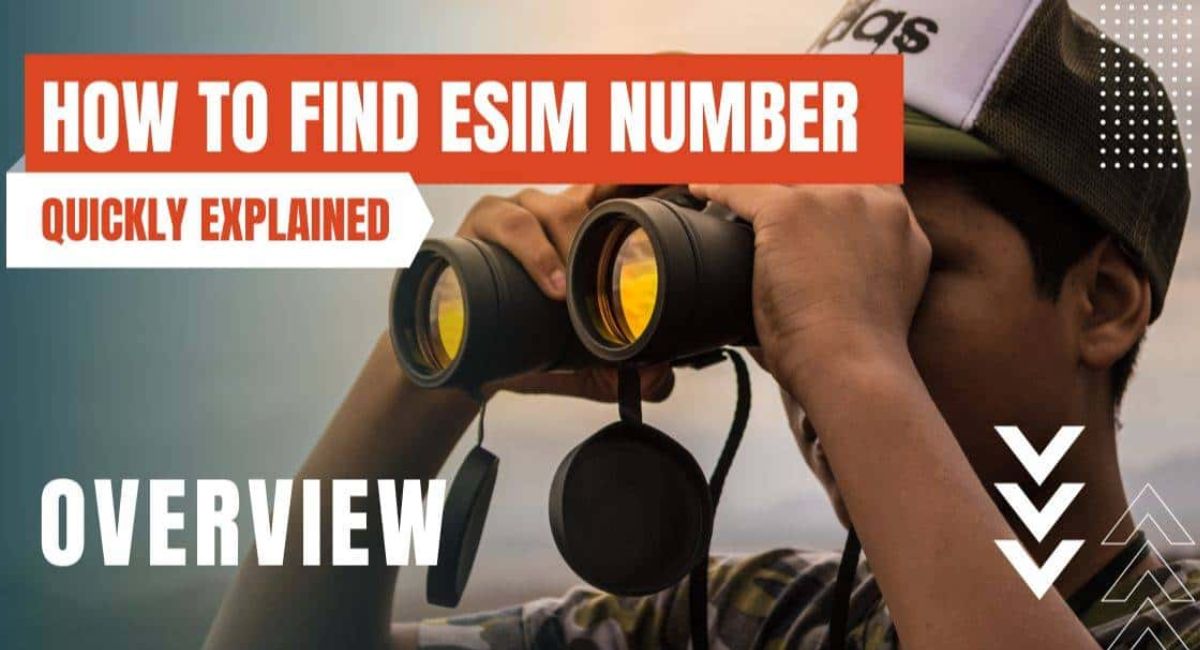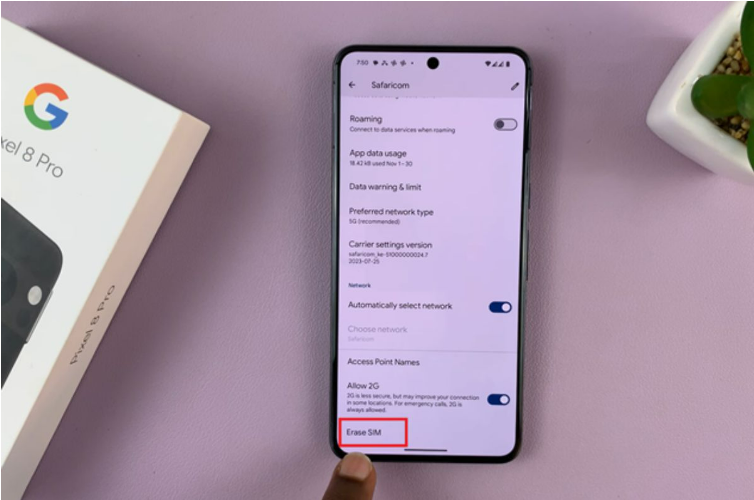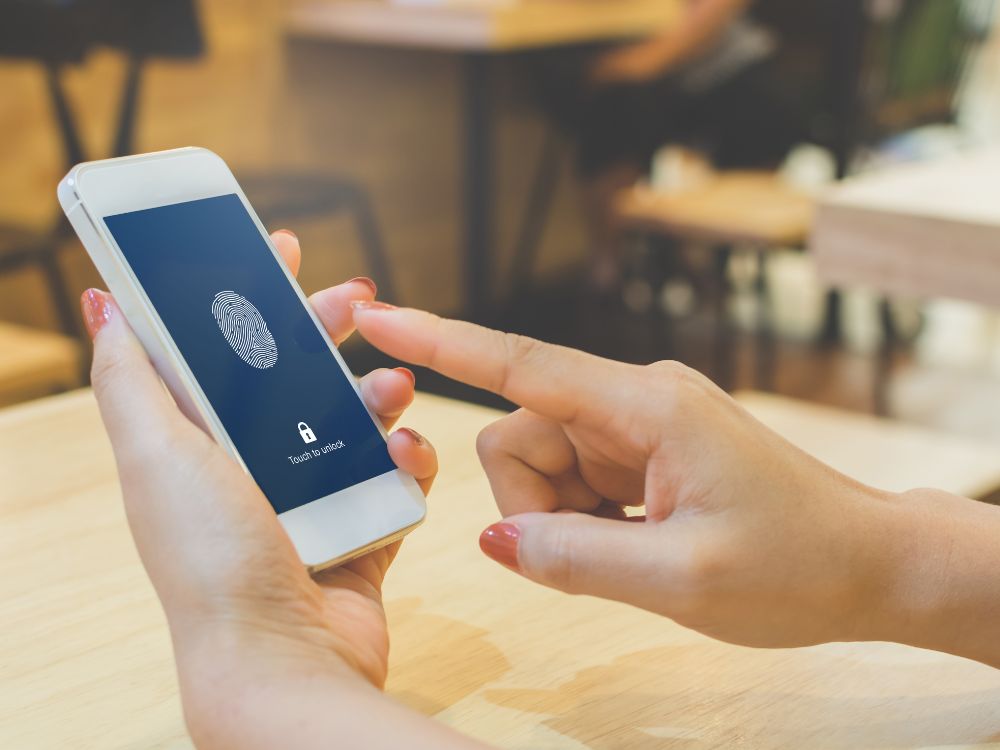As you gear up for your trip to Japan, one burning question will come to your mind if you want to stay connected. What are the data roaming rates in Japan? How much will you spend activating roaming with a domestic operator?
I understand it because I had also done hard work to research when I prepared for my Japan trip. It is a maze of different prices and considerations, but let me break down some key aspects based on my research.
On average, activating roaming might set me back around $10 per day. However, this figure comes with its share of variables, contingent on factors like app usage and overall expenditure. Continue reading as I explain it clearly in this article.
The roaming rates in Japan
Local operators in Japan usually offer varied charging mechanisms, including daily or monthly packages and the ever-popular pay-per-use option. This option typically charges for data usage, call minutes, and messages sent. Now, let’s delve into what some international operators offer for roaming in Japan.
1. Vodafone

Pay as you go:
- Data: £10 per 1GB, charged per KB.
- Calls: £2.25 per minute to make and receive.
- Texts: £0.50 per message sent.
My experience with Vodafone’s pay as you go data roaming charges in Japan was a lesson in the importance of considering alternatives. The data charges, at £10 per 1GB, were quite steep compared to other options like local SIM cards or travel roaming packages. The absence of included data and the requirement to pay for every single KB used made the costs unpredictable and, in the end, quite high even for moderate data usage. The system’s limitation to 1GB increments seemed inefficient, especially if you needed less data.
When it came to calls, Vodafone’s charges were exorbitant, standing at £2.25 per minute for both making and receiving calls. This made traditional phone calls practically impractical while roaming. Considering alternatives like Wi-Fi calling or messaging apps such as WhatsApp or Skype emerged as significantly cheaper options for communication.
Texts weren’t spared from high charges either, with each message costing £0.50, a rate higher than many alternative messaging platforms. Again, opting for messaging apps over traditional texting appeared to be a more cost-effective choice.
In summary, the expenses associated with all services, especially data and calls, were prohibitively high. This option only seemed viable for those requiring minimal data usage and no calls or texts.
2. AT&T USA

International Day Pass:
- Cost: $10 per day
- Features:
- Unlimited high-speed data, talk, and text in over 210 destinations, including Japan.
- Charges only apply on days you use your phone abroad.
- Up to 10 devices on your account can use the pass for $5 per additional device per day.
In contrast to my experience with Vodafone’s data roaming charges in Japan, my exploration of AT&T’s international day pass offered a different perspective. Its simplicity in activation and use, without the need to change SIM cards, was a notable convenience.
The provision of unlimited data made it particularly attractive for heavy data users, especially in locations where roaming charges are high. The flat daily rate ensured a predictable cost regardless of usage, making it an ideal choice for short trips or days with high data needs. The coverage extends to over 210 destinations added versatility for frequent travelers, and the family option provided affordable additional device plans for family or group travel.
However, there were some drawbacks to consider. The $10 per day charge, while offering convenience, was more expensive than some local SIM card options or travel roaming packages with data allowances.
Another factor to be mindful of was that unused days still counted, meaning the daily charge applied even if your phone remained inactive abroad. It was limited to 10 days per month, making it less optimal for longer trips. Additionally, AT&T reserved the right to throttle data speeds after 5GB of daily usage in specific locations, and the unlimited talk only applied to wifi calling, not cellular calls.
3. T-Mobile

Pay-as-you-go rates:
- Data: $25 per 50MB.
- Text: $0.50 per message.
- Voice calls: $0.25 per minute.
Reflecting on my experience with T-Mobile’s data roaming charges in Japan, the overall impression is one of caution and consideration. The cost of $25 per 50MB is notably high compared to most other carriers and international data plans. This pricing structure proved to be particularly problematic when using basic apps like Google Maps or Facebook, as even moderate usage could quickly result in substantial charges.
The small 50MB increments offered by T-Mobile are relatively limited and may not be sufficient for the needs of many travelers. This limitation often led to frequent top-ups, potentially escalating the overall cost even further. The impracticality of these small increments became apparent, making the pay-as-you-go option less feasible for users with more substantial data requirements.
In terms of text messaging, T-Mobile’s standard rate of $0.50 per message falls within the typical range for international texts. While not exorbitant, users may find more cost-effective options through calling cards or Voice over Internet Protocol (VoIP) apps.
Voice calls followed a similar pattern, with a standard rate of $0.25 per minute for international calls. Again, this falls within the typical range, but considering alternatives such as VoIP apps or wifi calling would likely result in more budget-friendly options.
4. Verizon

Pay-as-you-go:
- Data: $0.25 per MB.
- Text: $0.50 per message.
- Voice calls: $1.00 per minute.
On the positive side, the flexibility it offers with no contracts or commitments makes it ideal for short trips or infrequent travelers. The granular control allows you to pay only for the data you use, catering to minimal data needs. For those who are exceptionally mindful of their data consumption, this option could potentially be more cost-effective than fixed plans, providing a tailored and economical solution.
However, the cons highlight significant drawbacks to consider. The high unit cost of $0.25 per MB stands out as significantly expensive compared to various other options in the market. Basic tasks such as browsing or checking social media can quickly accumulate charges, emphasizing the ease with which costs can escalate. Furthermore, the absence of included talk or text means you’ll be charged separately for these services, contributing to the overall expense.
This pay-as-you-go model may not be ideal for heavy data users, as the unit cost becomes prohibitively expensive if you require more than a few megabytes of data.
Data roaming in Japan: The alternatives
1. Seek for free wifi
One cost-effective option for managing data usage in Japan is to actively seek out free wifi hotspots. There are serveral ways to get Internet in Japan.
Many public spaces, cafes, and hotels in Japan offer complimentary wifi access. This approach allows you to stay connected without incurring additional data roaming charges. However, keep in mind that the availability of free wifi may vary, and it may not be as consistent or reliable as a cellular data connection.
2. Utilize prepaid international Japan SIM card
Another alternative is to use a prepaid international SIM card specifically designed for use in Japan. These SIM cards typically come with a data allocation, allowing you to access the internet without relying on your home mobile carrier’s roaming services.
You can purchase these SIM cards in advance, either online or at local stores upon arrival in Japan. They offer the advantage of cost predictability and may provide better data rates compared to standard roaming plans.
Further reading: The best prepaid SIM card for your Japan travel
3. Pocket wifi rental

Instead of relying on my mobile data plan abroad, I opted for a pocket wifi rental, which proved to be a cost-effective choice. By using pocket wifi, I sidestepped hefty international data roaming fees that can quickly add up.
To be more specific, renting a dedicated wifi device allows you to access the internet at a fixed rate without incurring surprise charges. It is like having a reliable travel companion that ensures you stay connected without breaking the bank.
Additionally, the pocket wifi provided a stable and secure connection, enhancing my overall travel experience. The convenience and savings from avoiding data roaming charges made the pocket WiFi rental a smart investment for any budget-conscious traveler.
Further reading: The best pocket wifi for your Japan travel
4. Invest in an eSIM
Utilizing eSIM is truly a game changer when traveling to Japan.
Investing in an eSIM, such as Phonecaswise, made my trip to Japan incredibly convenient and cost-effective. With Phonecaswise eSIM, I got the advantage of unlimited data during my entire journey. All it took was scanning a QR code to connect instantly, eliminating the hassle of searching for WiFi or dealing with expensive roaming charges.
The eSIM also came with a built-in VPN, ensuring unrestricted browsing and a secure internet connection. One standout feature was the ability to keep my WhatsApp number on my mobile phone, making communication seamless.
Plus, the eSIM allowed me to connect to the best networks in Japan, ensuring a fast and reliable internet experience wherever I went. It was a game-changer, allowing me to forget about roaming concerns and the constant search for public wifi networks. Investing in Phonecaswise eSIM not only simplified my connectivity but also enhanced my overall travel experience in Japan.
Further reading: The best prepaid eSIM for your Japan travel
FAQs
1. Can I use data roaming in Japan?
Whether you can use data roaming in Japan depends on your mobile carrier and the specific plan you have. Here are the general steps to determine if you can use data roaming in Japan:
- Step 1: Contact your mobile carrier’s customer service for information on international roaming.
- Step 2: Look for details specific to Japan, including any associated costs and available plans.
- Step 3: Examine your current mobile plan. Some plans automatically include basic roaming capabilities, while others require you to activate or subscribe to a specific roaming package.
- Step 4: Consider data roaming charges and be aware of any potential fees to avoid unexpected charges.
What is the best way to roam around Japan?
The best way to roam around Japan depends on your preferences, itinerary, and travel style. Here are several options:
- Public transportation: Including trains, buses, and subways. The Japan Rail Pass is a cost-effective option for tourists, providing unlimited travel on JR trains for a fixed period.
- Renting a car: If you prefer flexibility and plan to explore rural areas, renting a car may be a good option. Note that an International Driving Permit is required.
- Bicycling: Renting a bicycle can be a pleasant way to explore local neighborhoods and scenic areas.
- Domestic flights: For longer distances between cities, consider domestic flights for time efficiency. Japan has a well-connected network of airports.
- Guided tours: Joining guided tours can provide a hassle-free way to explore Japan, especially if you prefer a structured itinerary with a local guide.
3. How do I get data when visiting Japan?
When visiting Japan, you have several options for getting data on your smartphone. Activate international roaming with your home carrier, but be aware of potential costs. Alternatively, purchase a prepaid SIM card locally, providing immediate data access. Renting a portable wifi device is a convenient option, offering multiple device connectivity.
You can also utilize Japan’s extensive network of free wifi hotspots in public areas, hotels, and cafes for cost-effective internet access. Some carriers also offer international data roaming plans with fixed rates. Additionally, check if your hotel provides complimentary wifi for guests.
Wrap up
In summary, navigating data roaming charges in Japan can be a daunting task due to their considerable expense. The impact of high fees can cast a shadow over the entire trip, causing unnecessary worry about accumulating costs.
To alleviate this concern, I have compiled a list of several alternatives that travelers can consider to sidestep exorbitant fees and fully enjoy their journey. Exploring options such as pocket WiFi rentals, local SIM cards, travel roaming packages, and wifi calling can provide more cost-effective solutions for staying connected while abroad.
Feel free to like and share this article with your friends, and don’t hesitate to leave a comment to share your own experiences or insights on managing data roaming charges during travel. Safe travels!
















